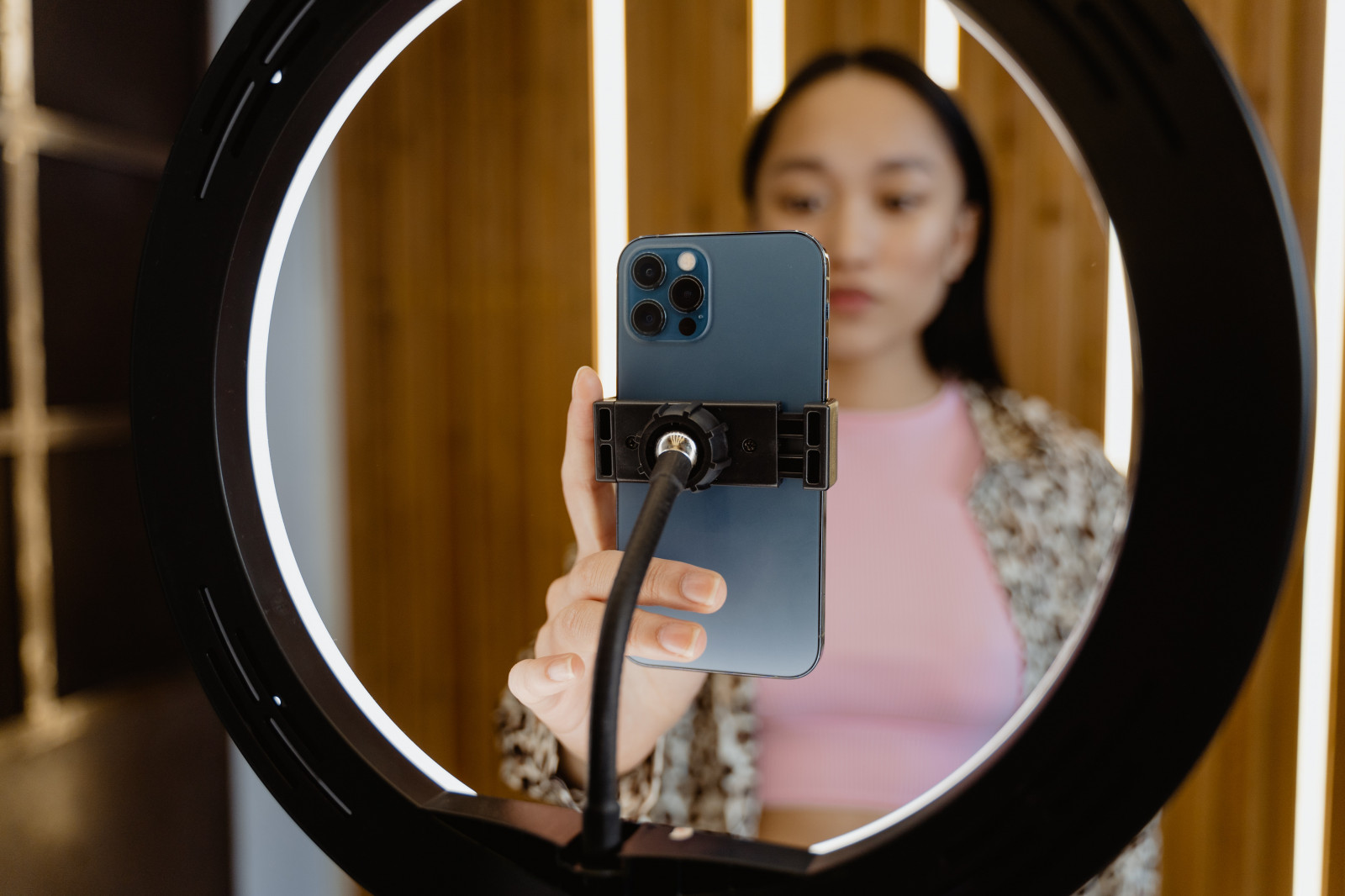With its Australia experiment, TikTok gives the music industry the ultimate test

Photo: MART Production

Licensing negotiations between platforms and the music industry come down to one question: which side needs the other more? The more that TikTok needs hit music to attract users, the more leverage the music industry (meaning labels and publishers) gains. The more that the music industry needs TikTok to drive hits (and, although to a lesser extent, revenue), the more leverage TikTok gains.
This is why TikTok’s recent removal of some music for users in Australia is such an interesting experiment. As news outlets have guessed, its parent company ByteDance is likely testing the boundaries of its dependency on popular music.
TikTok is no longer just about hit music, or even music at all
Anyone who regularly uses TikTok will know that users now incorporate a wide range of sounds outside of hit music, from independent music to user uploads. With rather convenient timing, TikTok just launched its SoundOn tool in Australia, making it easier for unsigned artists there to upload their music directly to the platform. Many creators who monetise their videos have shifted to using royalty-free sounds — TikTok even provides a library of them. Royalty-free music is often the only option for creators who post longer videos (TikTok now caps videos at three minutes), as major label music is only licensed for short clips. In the future, music creation will likely be integrated within social platforms, letting users simply create their own music for videos. Many more popular sounds are not music at all. Memes have officially gone audio, as voiceovers from television shows, movies, podcasts, and even other TikTok videos regularly go viral. As an experiment of my own, I opened the TikTok app and noted down the sounds in the first 15 videos on my ‘For You’ page. They included:
Six user-uploaded songs
Four major-label songs
Three audio clips (including an Aubrey Plaza interview and Euphoria voiceover)
Featured Report
Social audiences are fragmenting Social platform user profile
The social marketplace has been growing – but attention is a finite resource, as is consumer time. As a result, audience attention is fragmenting across many different apps, with the biggest – YouTube, Instagram, Facebook, and TikTok –still dominating.
Find out more…Two songs by independent artists (or artists signed to an indie label)
Surely the hits still dominate on TikTok, but not as much as they used to. In some ways, bigger labels may be facing a similar situation on TikTok as they are on DSPs, where they are seeing their share of streams diluted by the vast and steadily-increasing volume of independent, amateur, and mood music.
Can TikTok afford it?
As David Turner has pointed out in his Penny Fractions newsletter, conversations about TikTok’s payments to the music industry often leave out TikTok’s own financial challenges. No company is immune to the recession, especially one that relies so heavily on advertising revenue, and in the past year, TikTok has conducted layoffs and slashed its global revenue targets by at least $2 billion. The company also continues to deal with threats to ban the app in the U.S. At a time when every major tech company is focused on “efficiency”, it makes sense that TikTok might try to understand how much impact those expensive licensing deals actually have on their platform.
TikTok is not the first to poke at this question. Social video app Triller has faced many accusations, from failing to pay music rightsholders to fabricating its user numbers (the company denies both). But Triller recently claimed that it took down some major label music because only “a very small percentage of our users” actually use it, and it “therefore makes no sense for Triller to continue spending tens of millions of dollars a year” licensing that music.
Though there are many reasons Triller has made this public position — not least, negotiating in public — along with TikTok, it raises another important question: is it easier for social music platforms to carve out slices of catalogue than music streaming services? If the user need is to soundtrack their creations, the exact track used is arguably less important than when someone is looking for a specific song to play on a streaming service. This is why few streaming services have ever dared to operate without a major on board (Amazon’s initial Prime Music launch without UMG was a very rare example). And of course, the social apps control their algorithms — so it could, theoretically, prove relatively easy to make the removal look almost invisible to their users. Whether this proves to be the case or not, it is clear that what would be unthinkable to a streaming service is far more palatable for a social music app.
How much does the music industry need TikTok?
Non-DSP streaming is a growing source of revenue for the recorded music industry. But even if it were not, it is arguable that the music industry needs the marketing power and cultural impact that a platform like TikTok provides. Streaming services still have the “hard power” of being the dominant places for music listening, but their “soft power” of cultural impact is diminishing. It is growing on platforms like TikTok. One way around this could be to try and bring culture back to streaming services, such as through more social features and opportunities for active fandom.
In the ongoing push-and-pull between TikTok and the music industry, the outlook may ultimately depend on the consumer. ByteDance’s experiment is just another example of MIDiA’s 2023 prediction that “the algorithm becomes the focus group” — rather than changing their entire product, the company is making slight changes to the experience for a subset of their users and simply seeing how they react. It may be the most anxiety-provoking test the industry has taken in a long time.

The discussion around this post has not yet got started, be the first to add an opinion.